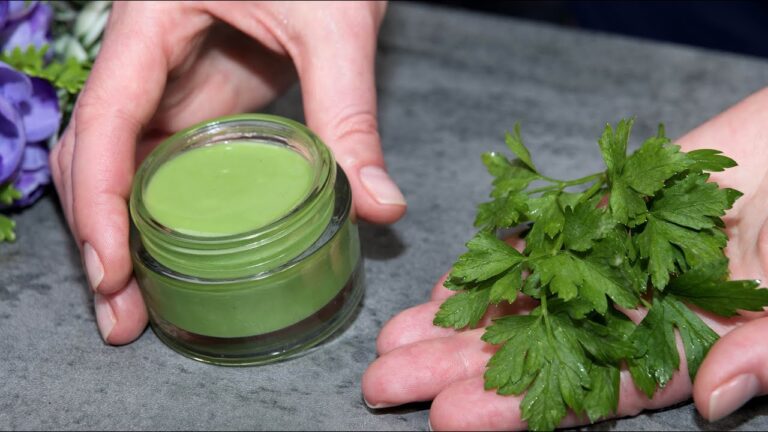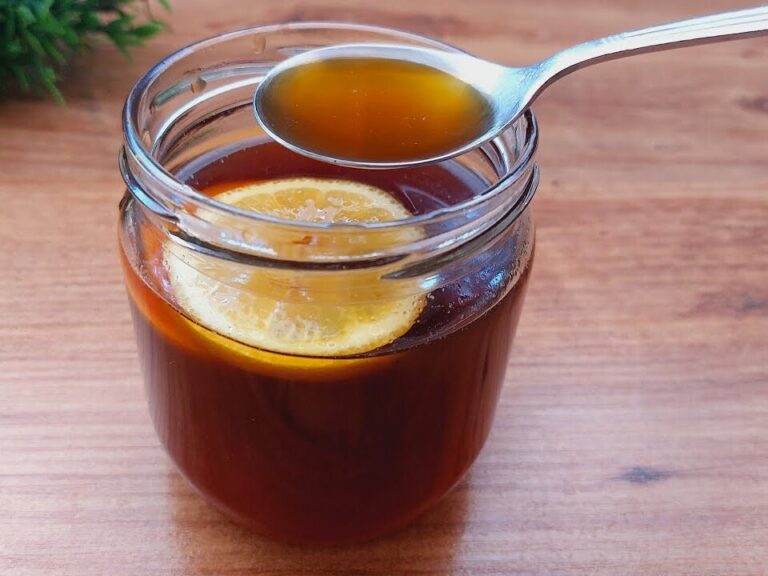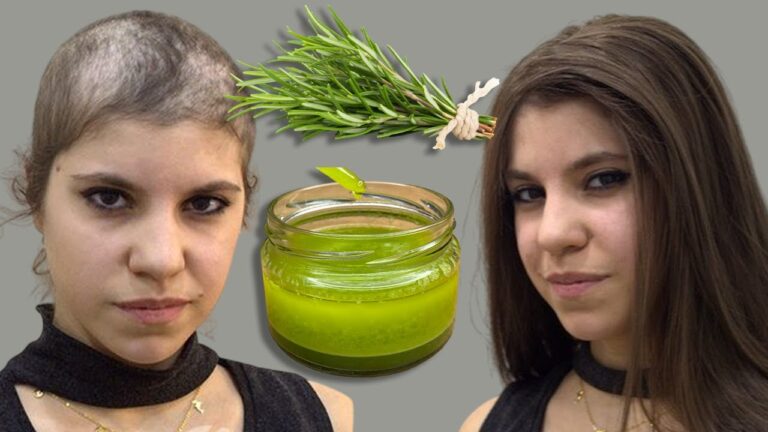In our journey through life, our skin often tells our story before we speak a word. Environmental factors, stress, and everyday hustle can leave our skin looking tired and less than its best. However, the secret to revitalizing your skin’s appearance might already be in your kitchen! Introducing parsley—a humble kitchen staple that could be your new go-to for a radiant, youthful complexion.
Why Parsley?
Parsley isn’t just for garnishing your dishes; it’s packed with skin-loving nutrients. Rich in vitamins A and C, this leafy green helps in repairing and maintaining your skin. Vitamin C, a powerhouse antioxidant, aids in the production of collagen, the protein responsible for keeping our skin firm and smooth. Moreover, the essential oils in parsley, particularly myristicin and limonene, can help refresh and tone your skin, giving it that sought-after natural glow.
A Simple, Natural Recipe for Skin Care
You don’t need a cabinet full of commercial skincare products to see benefits. A simple, natural parsley-based toner can do wonders. Here’s how you can make it at home:
- Prepare Parsley Infusion: Boil a handful of fresh parsley leaves in water for about 20 minutes. Strain the leaves and let the liquid cool.
- Apply Gently: Once cooled, use a cotton ball to apply the parsley infusion to your face after cleansing. Focus on areas that feel less firm or appear dull.
- Enjoy the Benefits: With regular use, you might notice your skin feeling more refreshed and visually smoother.
Integrating Parsley Into Your Daily Routine
Besides using the infusion as a toner, you can integrate parsley in other aspects of your skincare routine. Adding chopped parsley to your salads or incorporating it into smoothies can boost your intake of its beneficial nutrients, supporting skin health from the inside out.
Safety and Care
While parsley is generally safe for topical use, it’s always wise to do a patch test first to ensure you don’t have a sensitivity. If you have any specific skin conditions, consulting with a dermatologist before changing your skincare routine is recommended.
By turning to nature’s bounty, specifically the versatile parsley, you’re choosing a gentle yet effective way to support your skin’s health. Embrace the natural beauty of parsley and let your skin look as vibrant and lively as you feel inside!









